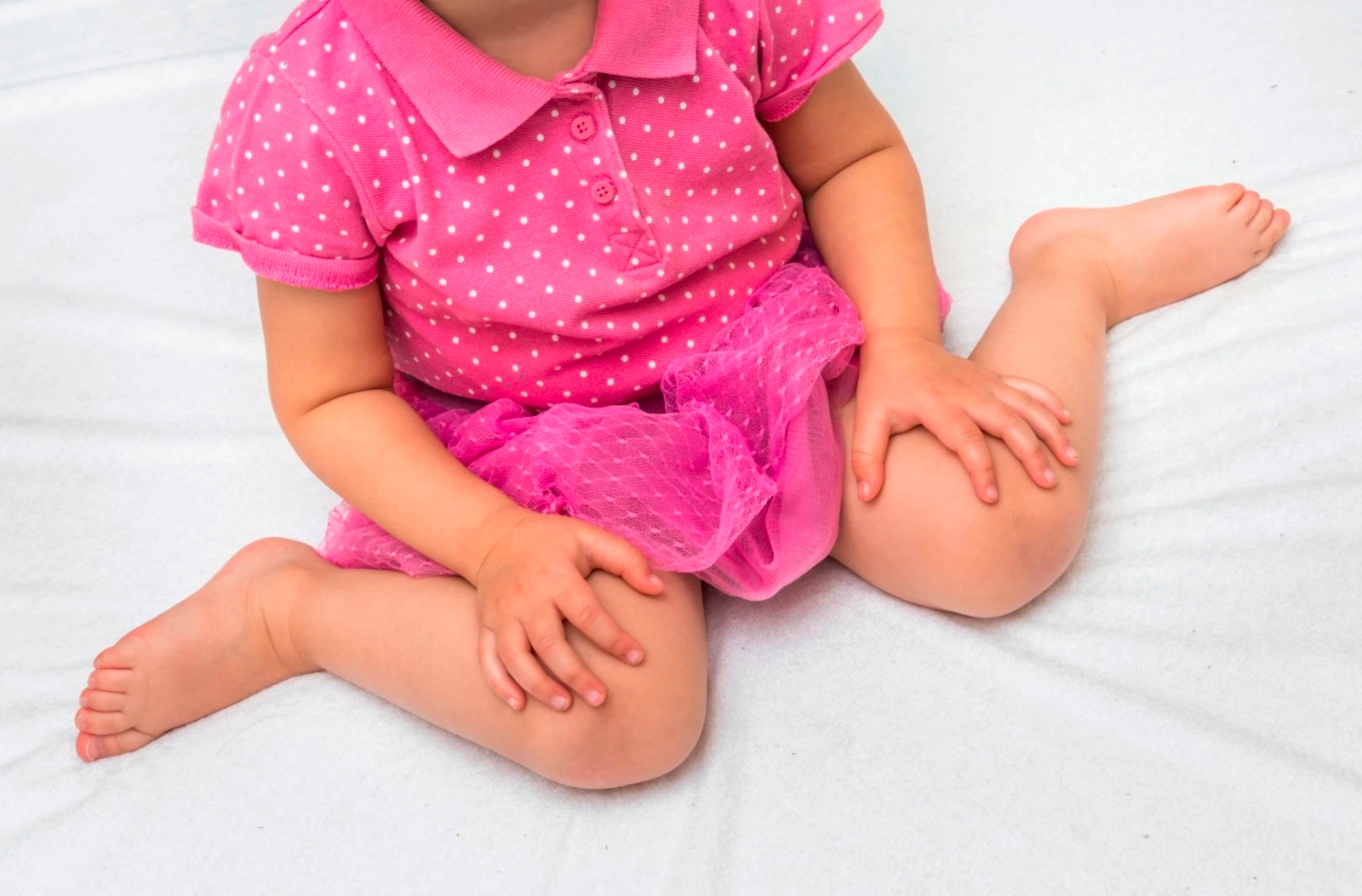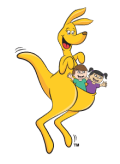Dr Jane Williams and Dr Tessa Grigg

Many parents may be unaware that the W-sitting position – where the child’s lower legs are extended out to the sides of the thighs – may have long term detrimental effects on a child’s posture, walking and running abilities.
The way in which children sit can affect their posture and ability to use their muscles in a balanced and coordinated way. Babies often initially utilise the W-sitting position when they make the transition from rocking on all fours to sitting, however, this position should not be utilised once children begin walking.
Young children who continue to sit in the ‘W’ position well after they begin walking often do so when they have low muscle tone or hyper mobile joints. The muscles are more supple and the ligaments around the hip joints are softer than normal, allowing the child greater flexibility of the joint, so W-sitting is comfortable. Unfortunately, this position is not healthy for optimal joint development and function.
At birth, a new-born has virtually no hip socket at all. Instead, the head of the femur, the long bone of the upper leg, rests against the shallow depression in the hip which will become the hip socket. The hip socket is not fully formed until a child is 12 years of age. The socket forms its depression as a result of movement of the head of the femur against the hip bone. This ‘carving out’ of the hip socket begins in the first year of development. As a baby crawls along the floor on his tummy, the femur digs into the hip bone in a sideways motion, and when a baby creeps on hands and knees the carving occurs from a vertical direction, thus forming a socket that permits the leg to move in many directions.
How children sit can influence how the hip socket forms. Prolonged W-sitting can cause the hip socket to be furrowed out in a way that may cause later problems with, or pain on, movement. When children sit for extended periods in the W-position the thighs tend to turn inwards and this causes the knee joints to turn inwards. This further causes a rolling-in of the feet and inverted arches. W-sitting also causes ‘toeing in’ (pigeon toes) and flat feet. This is accompanied by tight hamstrings – the large muscles at the back of the upper legs – and lower back muscles.
Children who W-sit may also develop postural problems, such as a sway back – the spine curves too far inward – and this affects balance and coordination. Even children with good muscle tone can develop this problem if they consistently sit in the ‘W’ position.
What to do
Provide lots of opportunities for activities that stimulate and strengthen muscle tone in the legs, strengthen back muscles and help align the hips:
- Crawling – play games where your child can get down on her hands and knees – tunnels etc. under/ through/over. Watch and learn all the benefits of creeping and crawling here.
- Climbing strengthens legs, puts pressure on the soles of the feet to stimulate development of the arch of the foot and also muscle tone of the legs.
- Exercise the hips joints; fun games where the child has to move their hips while keeping them stable – such as row, row, row your boat – legs bent and toes touching yours. Keep the hip joints stable while moving back and forward in a straight position.
- Rolling along the floor with legs straight – helps the hips to align. This can be done in a fun way by ‘wrapping the child in a blanket’ and then slowly ‘unwinding’ while keeping the head exposed!
- Massage legs and hips to stimulate muscle tone and proprioception (sensory messages from muscles and joints sent to the brain).
If your child has been sitting in W position for some time
- The muscles of the legs and back will be tight and shortened in areas that are not used to being stretched, so start with Indian-style sitting. Sit on the floor with legs crossed in front. Knees are rotated outwards. Sitting like this is a good daily exercise and gravity helps to stretch the inner thigh muscles. Begin the Indian sitting for only a few minutes and gradually increase the time.
- Sitting on a low stool or pillow also discourages W-sitting. If children find this tiring and their backs are rounded, suggest they sit on the floor close to a sofa or chair so they can rest their backs against the furniture.
- Another way to sit and let gravity help stretch the muscles is to sit on the floor with the soles of the feet together, knees bent out to the side. Do the ‘butterfly’ by flapping the legs up and down, while the sides of the feet remain together.
- To stretch and strengthen lower back muscles, children can lie on the floor on their backs, bend the knees up towards their chest and slowly rotate their legs from side to side, not letting their knees touch the floor.

If you are concerned, consult your local health care professional or doctor. They may recommend a paediatric osteopath, chiropractor or physiotherapist to help the hips straighten.
Dr Jane Williams (PhD, BMgt, RN(Paeds)) is a Director of GymbaROO-KindyROO.
Dr Tessa Grigg (PhD, B.Ed (Tchng Primary and ECE) is the Research and Education Manager for GymbaROO-KindyROO
References : First Steps Article by Violet Maas, Occupational Therapist – Sensory Integration International.

